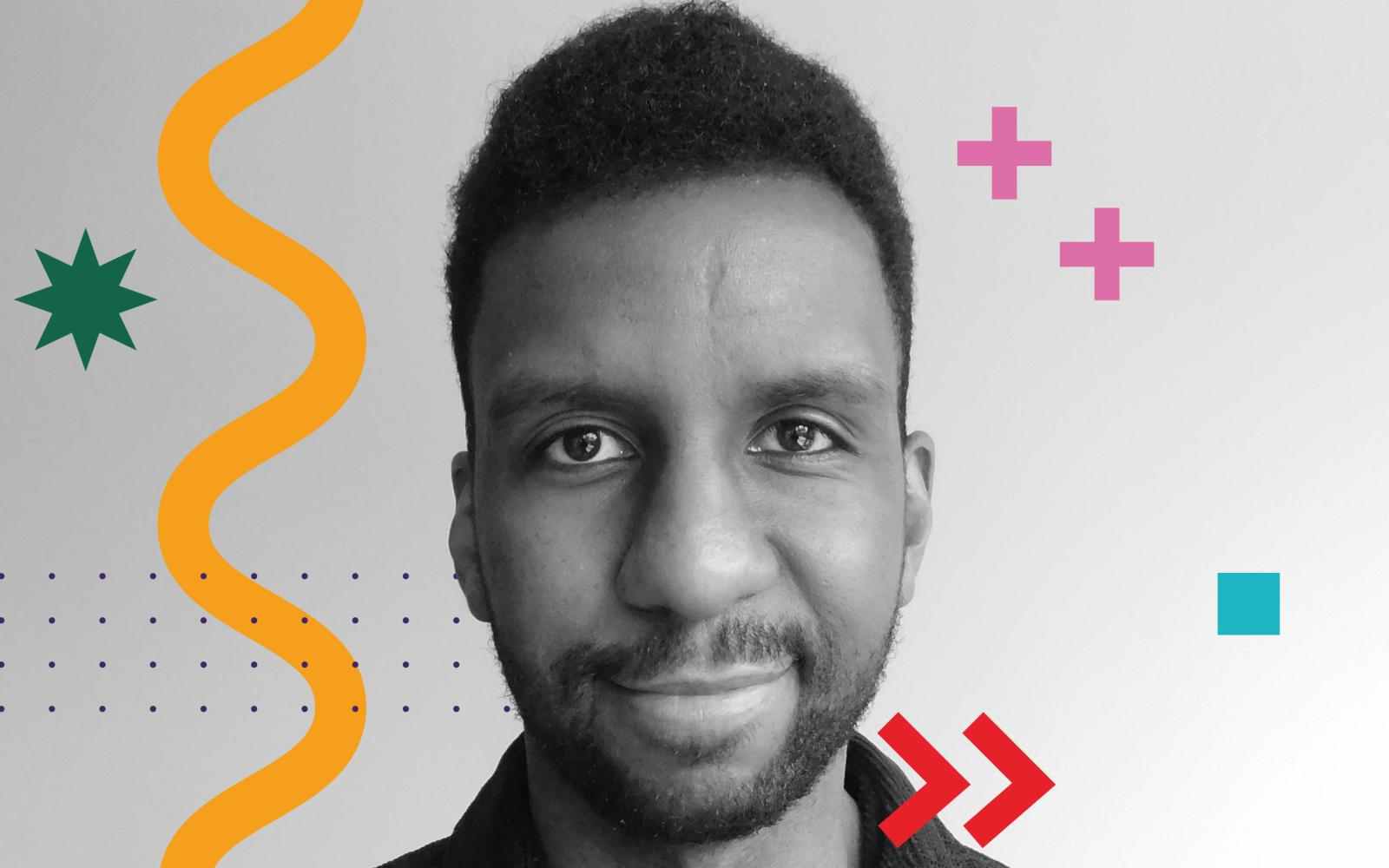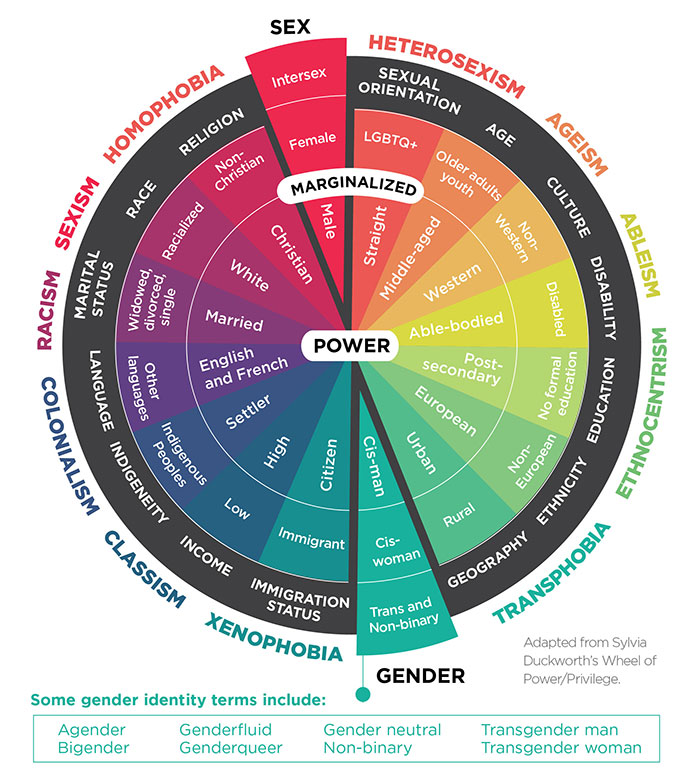Kenny Panza
Kenny (he/him) joins Ashoka Canada as Network Engagement and Knowledge Mobilization Associate. Prior to joining Ashoka, Kenny spent 10 years in the Canadian Armed Forces serving both in Canada and overseas, two years leading sales and operations for a small enterprise, and few years developing qualitative research competencies and producing research outputs related to human security, global vulnerabilities, and equity efforts. Kenny holds a M.A. in Human Security and Peacebuilding from Royal Roads University and a B.Sc. in Physics and Space Science from the Royal Military College of Canada.
Kenny currently resides on the traditional territory of the lək̓ʷəŋən (Songhees) people of the Coast Salish Nations. As an avid ultra endurance athlete, Kenny enjoys long hours of solitude while training for ultramarathons and multi-day adventures. As a Black male, he strives to promote access, cultural identity, and diversity in outdoor recreation.
DEI is a Practice
by Kenny Panza

Last month, I had a conversation with an Ashoka Fellow here in Canada. Before wrapping up the call, I asked her: "are you planning anything for Black History Month?" Her response, "not really... every day is Black history for me." We both laughed; I understood what she meant. When it comes to Black History Month (BHM), many view it as a chance to honour and celebrate the contributions of Black individuals, both past and present. Each February (in Canada and the USA), it seems like people put on their "BHM hat", but the small grants, handshakes, and media attention rarely yield to positive material impact for Black people. But why am I bringing up BHM? Well, in a way, I feel a similar sentiment about Diversity, Equity, and Inclusion (DEI).
In the corporate landscape of the West, DEI is often framed as an OKR, a target. "What's our DEI target for the team this year?" is a common query. Yet, many only associate DEI with diversity. But is simply having a mix of people from different ethnic backgrounds in the same organization truly sufficient?
DEI goes beyond metrics on a spreadsheet, and it is not a “perspective” we put on and off like sunglasses. It's more than that – it's a practice!
As a colleague aptly puts it, "what you're actually practising is inclusion and equity... the essential steps to achieve diversity." DEI is not about metrics or sentences you write on a mission statement; it’s how ALL team members behave when no-one’s looking. DEI is not an external concept that we seek, use, or try to achieve. It starts with us, at the individual level. But the question is how? How do we promote inclusion and equity in the work that we carry out? Like most things in life, if you don’t know how, you can learn!
The monograph "Systems Change & Deep Equity" by Change Elemental effectively names the intricacies of getting us to a “how”. Let’s deconstruct its initial section which focuses on the individual level and encompasses three key elements: expansive perspective taking, mental model agility, and specialized tools for perceiving systems.
1. Expansive Perspective Taking
Looking at the power/privilege wheel, those of us who have found themselves in the “marginalized” areas of the diagram have certainly experienced discrimination, both on interpersonal and systemic levels, numerous times in our lives. As a Black male, I have experienced prejudice in many circumstances. However, I can understand that a racialized female’s point of view is too often overlooked even though they face a unique combination of racism and sexism simultaneously. Expansive perspective taking is the capacity to understand viewpoints beyond your own or your immediate community, and staying open mentally, emotionally, and practically to engage in a broader interconnected framework. Like a muscle, this capacity can be developed with intentional effort.

2. Mental Model Agility
Mental models are shaped by individual’s knowledge, experiences, perceptions, values, and beliefs. They vary in depth and accuracy and are influenced by context and motives. Often, they reinforce existing patterns, filter information and influence reasoning, decision-making, and behaviour. In Canada, I actively seek out potential Ashoka Fellows. That’s a major part of my job. Being a native francophone speaker, I recognize that social initiatives originating in Quebec (predominantly francophone jurisdiction) may extend to other French-speaking nations before reaching the rest of Canada, as observed with some Ashoka Fellows. This is an important consideration when applying Ashoka criteria of system-level impact, which is often assumed to be regional or national in nature. Speaking multiple languages has shown me that people often connect through language first, with national affiliation becoming a subsequent point of connection. Reflecting on your experiences, consider the last time you encountered someone who spoke your language while travelling in an unfamiliar country; how great did that feel? Mental model agility is the awareness and the ability to change one’s mental images of how a problem is defined and what solutions may exist.
3. Specialized Tools to Perceive Systems
Ashoka Fellow Andres Heinecke from Germany is known for his platform “Dialogue in the Dark”, a unique program where participants are led through various activities and environment in complete darkness. The goal is to raise awareness about the challenges faced by blind and visually impaired individuals, promote empathy, and encourage a deeper understanding of disability inclusion. One might characterize this as a specialized tool for understanding a system, temporarily removing biases to foster a sense of equality. Such tools, methods, or approaches are necessary to render the hidden aspects of systems visible.
Going back to the power/privilege wheel, marginalized people truly understand power dynamics. Individuals who are socially marginalized and lack certain forms of power face daily power dynamics often unnoticed by those in positions of power. Working with people who are new to DEI, particularly those unaware of their power and privilege, requires considerable emotional labour, much of which remains unseen, akin to the hidden part of an iceberg. Therefore, people with power and privilege may find specialized tools for perceiving system dynamics necessary and insightful to bridge the gap in understanding.
In sum, DEI is a practice. Like many practices, it requires commitment—a commitment to doing better in every facet of our work, whether internal or external, from the design of products/programs to their delivery. Just having people from equity-seeking groups present in decision-making rooms without genuinely listening or involving them is harmful (and obviously performative). Performative efforts are a common pitfall related to DEI and it’s important to implement meaningful actions behind the scenes. Recognizing and involving colleagues from marginalized groups in spaces of power is an equity-oriented approach that needs to be learned and actively cultivated to disrupt dated, destructive, divisive and habits. But to reach that point, each of us must undertake the work at the individual level. Have you taken those steps?